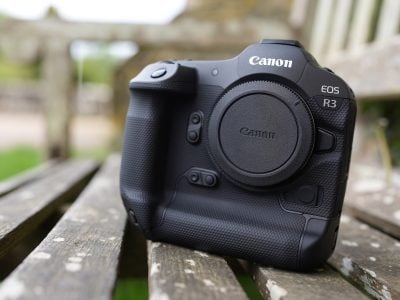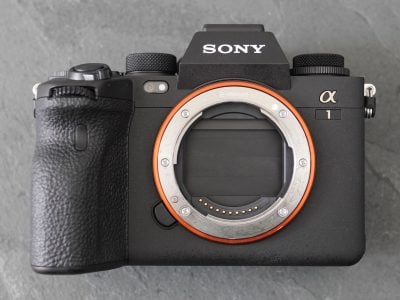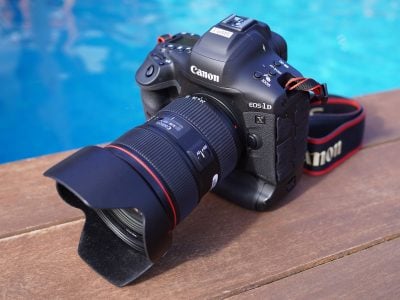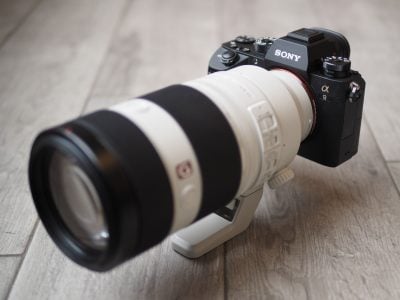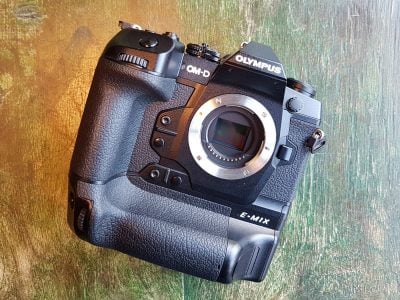The Olympus OM-D E-M1X is a beefed-up EM1 Mark II, repackaging its 20 Megapixel sensor, 4k movies and 18fps bursts into a larger and tougher body with an integrated portrait grip, twin batteries, field sensors, improved autofocus tracking, USB power and even better built-in stabilisation. The result is a camera that can confidently handle action and wildlife shooting while shrugging-off cold, wet or dusty environments. The stabilisation is remarkably good, letting me handhold 8 second exposures or film at 600mm without wobbles. But there’s no 4k at 60p, the viewfinder is relatively low-res and crucially the quality and many of its unique features are already available in the EM1 Mark II at almost half the price. Then at the high-end, the E-M1X may be comfortably cheaper than pro bodies from Canon, Nikon and Sony, but they all feature much larger full-frame sensors which deliver cleaner results at the kind of high ISOs sports and wildlife shooters often need to deploy. And while the Olympus feature-set makes the pro DSLRs look old-fashioned, Sony’s A9 is a much tougher modern rival costing only one third more. But sometimes you have to stop over-analysing. Yes the E-M1X is a specialist body with a correspondingly limited audience, and there’s no getting away from the fact it’s the largest, heaviest and most expensive Micro Four Thirds camera to date, but it’s a camera I still enjoyed shooting with immensely. It looks and feels great, is tougher than anything at the price and delivers good results backed-up by some truly unique and industry-leading tech.
Check prices on the Olympus OM-D E-M1X at Amazon, B&H, Adorama, or Wex. Alternatively get yourself a copy of my In Camera book or treat me to a coffee! Thanks!
